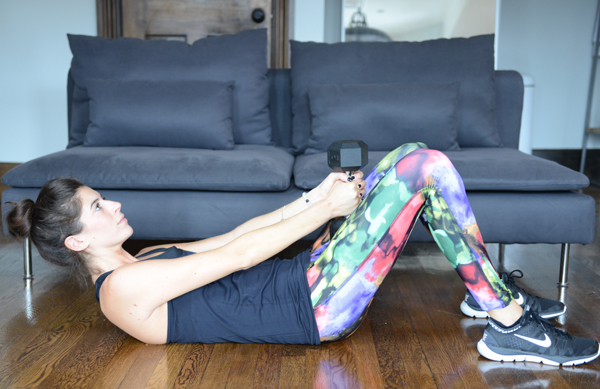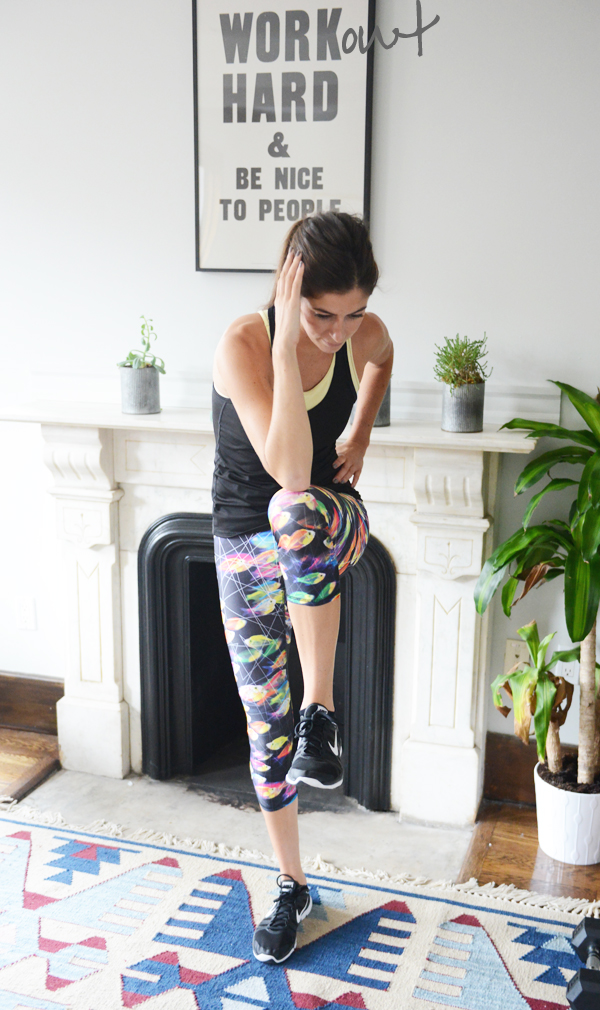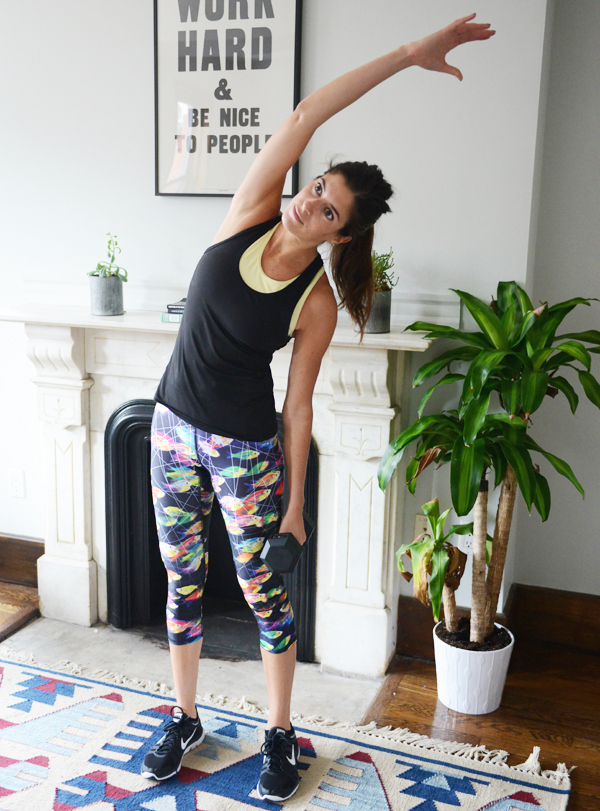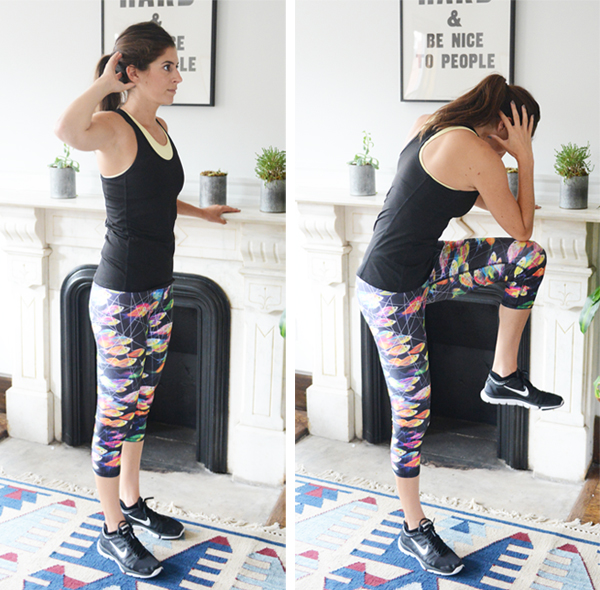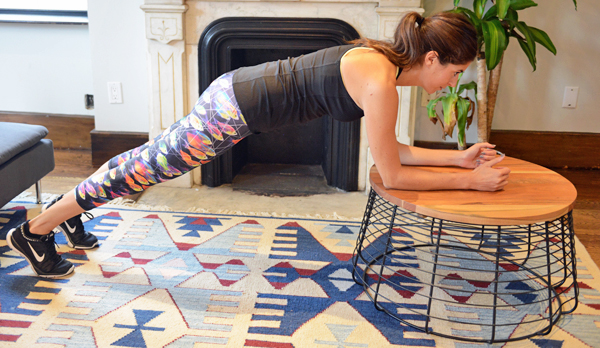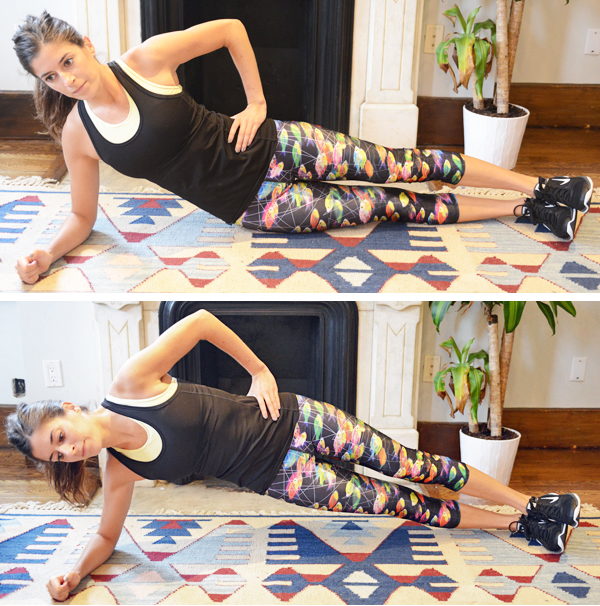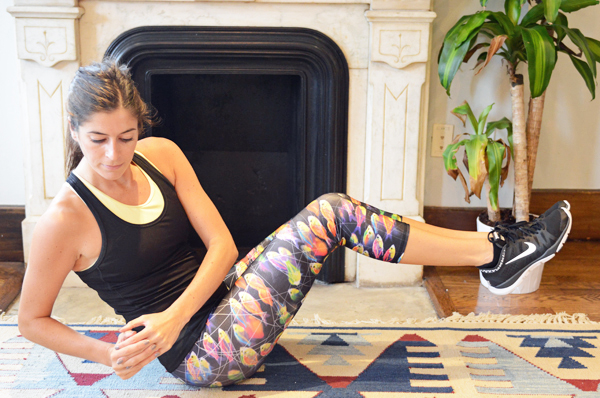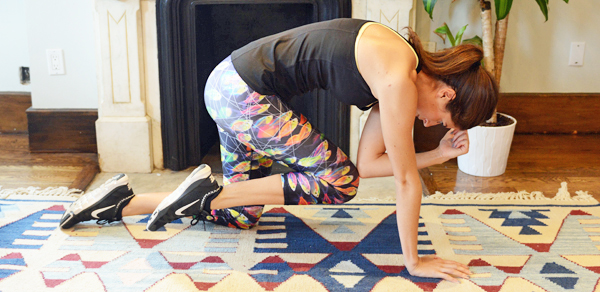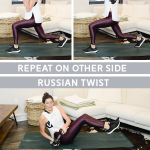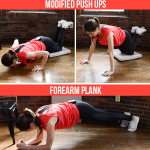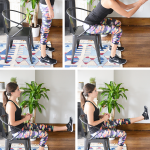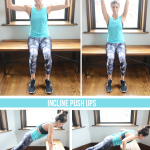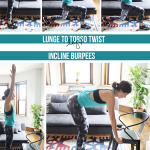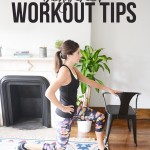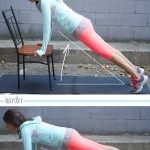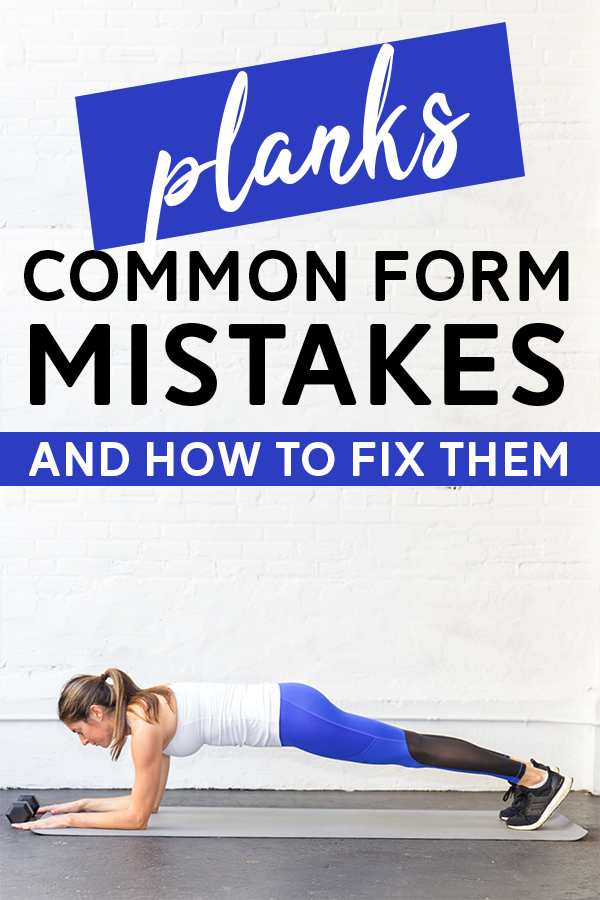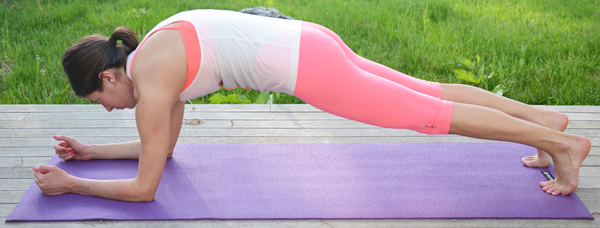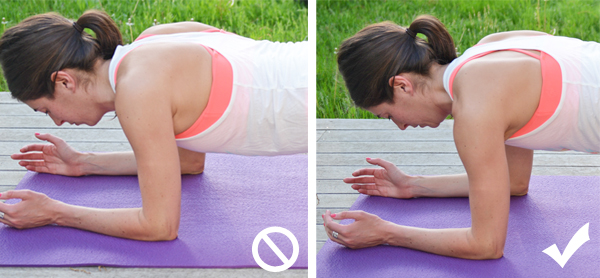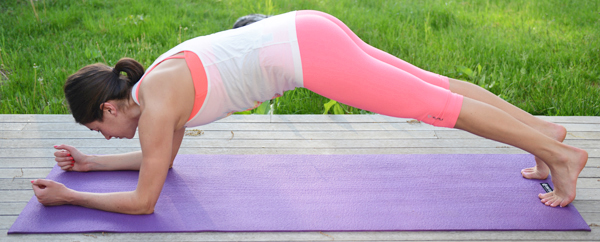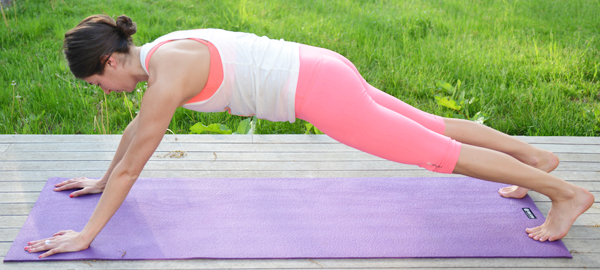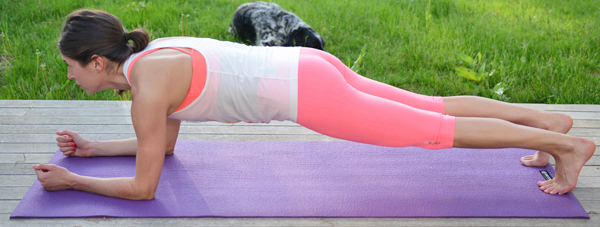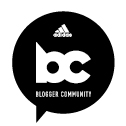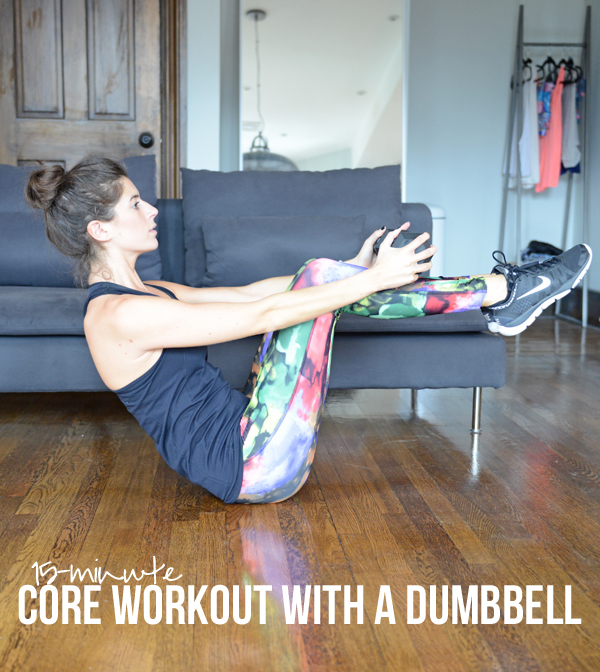 I’m so proud of my bun in these pictures. For once my hair *almost* looks put together in a workout tutorial instead of the usual hair-sticking-everywhere-messy-slop-bun-pony-thing. This core workout with a dumbbell will take you only 15 minutes (15 minutes 30 seconds to be exact). If you’re a beginner or don’t have a weight handy, forget about the dumbbell and just do the exercises with your bodyweight. It’ll still be effective!
I’m so proud of my bun in these pictures. For once my hair *almost* looks put together in a workout tutorial instead of the usual hair-sticking-everywhere-messy-slop-bun-pony-thing. This core workout with a dumbbell will take you only 15 minutes (15 minutes 30 seconds to be exact). If you’re a beginner or don’t have a weight handy, forget about the dumbbell and just do the exercises with your bodyweight. It’ll still be effective!
Note: This blog post was updated on 9/17/18 with the addition of a video. Originally published 10/22/15.
15-Minute Core Workout with a Dumbbell
Equipment I Used
There are seven exercises in this circuit. You’ll do each for 30 seconds, moving from one right to the next (no rest). Once you’ve completed all seven, rest for 30 seconds before starting again from the top. You’ll go through the circuit four times total. If you’re advanced, try to get through two consecutive circuits before resting. If you’re a beginner, only go through the circuit twice (and add additional rest time as needed in between exercises or completed circuits). 
Exercise Breakdown
For a preview of all exercises, see 1:18 in the above video.
- Push Throughs | Try not to ever let your shoulders completely rest on the floor. Try to keep your heels on the floor the whole time.
- Full-Body Sit-Ups | The goal is to never bring the legs and/or weight to rest on the ground when you extend back out.
- Rainbow Russian Twists | These are just like your traditional Russian Twists except you’ll extend your arms out straight instead of holding the weight tight in to your body.
- Leg Lift to Toe Touch | Don’t let your low back arch up when you lower your legs—if it’s happening, modify by bending your knees or don’t bring your legs as low.
- Weighted Side Plank Lifts | You can do this on a straight arm or forearm. In the video I opted for forearm. Do what works for you! You’ll alternate sides each time through the circuit.
- Mountain Climbers
- Forearm Plank Hold
WEARING | tank: Fabletics // leggings c/o PRISM Sports (old but this print of theirs is super cute!) // sneakers: Nike
Have a great day!
xo Nicole
